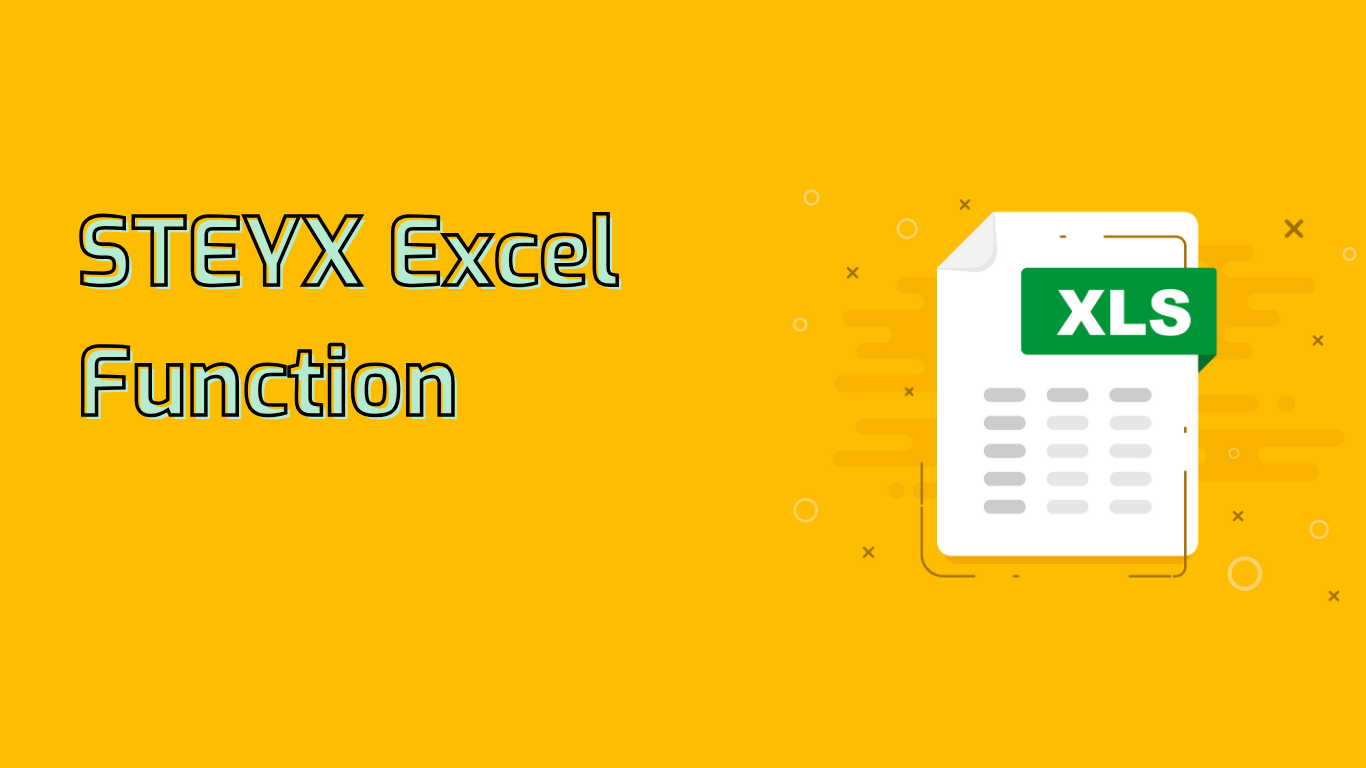
Understanding the STEYX Function in Excel
The STEYX function in Excel calculates the standard error of the predicted y-value for each x in the regression. This powerful tool is essential for statistical analysis, particularly when assessing the accuracy of predictions made by linear regression models.
Syntax and Parameters
The function syntax is: STEYX(known_y's, known_x's)
- known_y’s: An array or range of dependent data points.
- known_x’s: An array or range of independent data points.
Key Features and Usage
- Both parameters must have the same number of data points to avoid
#N/Aerrors. - A smaller standard error indicates more accurate predictions.
- Example usage:
=STEYX(A2:A10, B2:B10)
Practical Applications
The STEYX function is valuable in various fields:
- Financial Forecasting: Predicting stock prices and sales trends.
- Quality Control: Assessing manufacturing process precision.
- Scientific Research: Analyzing experimental data relationships.
- Real Estate: Evaluating property value predictions.
- Marketing: Measuring campaign effectiveness predictions.
Common Issues and Complexity
Users should be aware of potential challenges:
- Incorrect data ranges or non-numeric data can cause errors.
- Basic understanding of linear regression is necessary for effective use.
- Interpreting results may be difficult for those unfamiliar with statistical concepts.
Conclusion
The STEYX function is a powerful tool for assessing prediction accuracy in regression models. It’s supported in Excel versions from 2007 to the latest Microsoft 365, making it widely accessible for statistical analysis and informed decision-making across various industries.
Leave a Reply